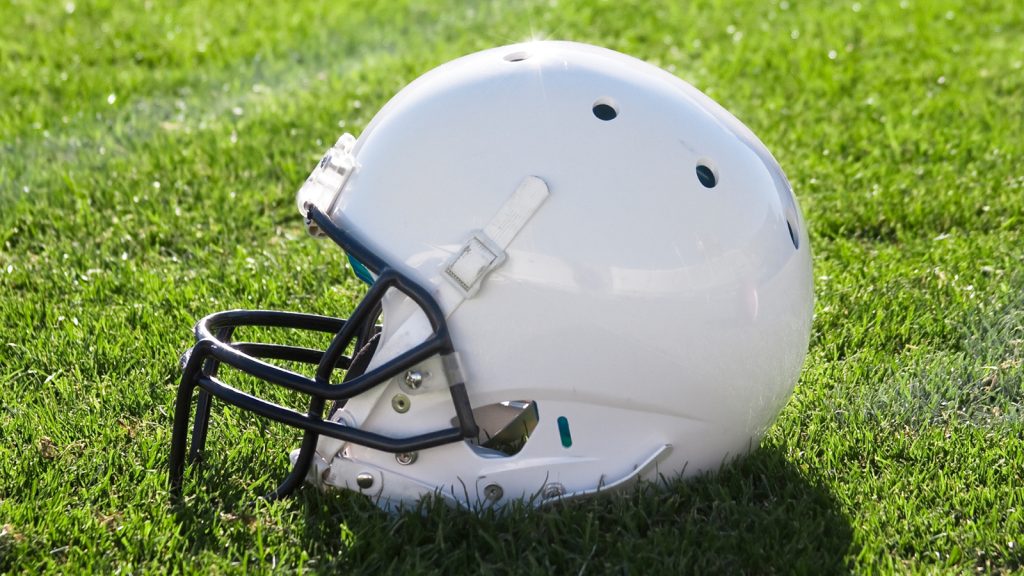
iStockphoto
Football helmets have come a long way since the days of the leatherheads, but there’s obviously still some work to be done when it comes to perfecting their design in the quest to reduce head injuries. A former MIT linebacker seems to be on the right track when you consider the one he’s helped whip up set a new mark to beat at the safety lab that’s widely considered the gold standard.
In 1905, the Chicago Tribune published an article that asserted 19 college football players had died while playing that year due to the brutal nature of a sport that was clearly in desperate need of some oversight, and Teddy Roosevelt ultimately opted to hold a summit at the White House that led to the institution of some revolutionary reform designed to make the game safer—including the addition of the forward pass.
A number of players were rocking leather helmets at that point, but they didn’t become widespread until the 1920s rolled around. They were ultimately phased out in favor of the plastic helmets Riddell introduced in 1939, which quickly became the norm and had a significant impact on lowering the number of injuries during games.
Of course, as virtually every football fan knows, they only did—and do—so much to mitigate the risk of the concussions and associated brain trauma that continue to be a scourge that can be ignored.
Helmet technology has come a very long way over the decades, and while the push to normalize the use of Guardian Caps has also been a positive development, there’s still plenty of room for improvement.
That brings us to Kodiak Brush, an MIT graduate who played linebacker for the Engineers during his time in Cambridge before linking up with California-based LIGHT Helmets in a quest to develop one that can address one of the biggest issues football currently faces.
Brush’s mission is based on a fairly straightforward philosophy that’s reflected in the name of the company he works for, as the primary focus has been to reduce the weight of helmets as much as possible to limit kinetic energy while allowing them to maintain the structural integrity required to do their job.
The process involved dissecting a number of preexisting helmets to figure out how the weight tends to be distributed, which led to the development of the Apache helmet made of an “impact-modified nylon shell” and a “3D-printed thermoplastic polyurethane liner” that can compress more than twice as much as the foam traditionally used by other manufacturers.
The dome in question was sent to the renowned football helmet lab at Virginia Tech and subsequently received the best score ever awarded to one that’s been tested there.
As MIT’s website notes, LIGHT helmets are currently being used by at least one player on 30 of the 32 teams in the NFL, and the company expects to see sales rise by 1000% this year after selling 5,000 of them in 2024.

